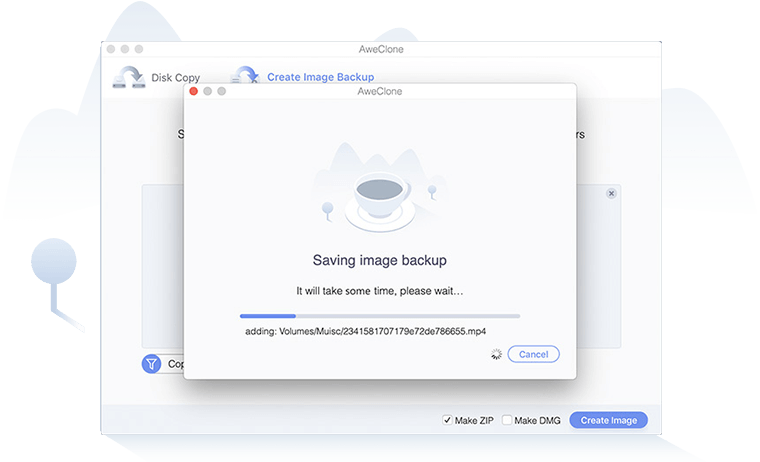

Launch from the command line with: sudo partimage To install the partimage disk clone software on Ubuntu: sudo apt install partimage You can exit partimage at any time with the F6 key.


Otherwise, you'll need to exit partimage to do so before continuing with the process. It can be used to clone the common Linux filesystem ext3, as well as Windows disk formats (FAT32 or NTFS).īefore starting, ensure that the partition you wish to clone is unmounted. However, partimage does not support the ext4 filesystem, so avoid using it for cloning disks or partitions of that type. Available for most distros, partimage is also available for most distros, and doesn't carry any "disk destroyer" risks! If you find dd too complicated, partimage is a good alternative. Just be certain that the destination volume is large enough!Ģ. You can even use this command to clone a disk to larger drive. How long it takes to clone the Linux drive will depend on the size of the disk or partition. This might be a secondary, or external, disk drive attached to your computer. If you only want to clone a partition of your Linux disk drive, use dd if= /dev/sda1 of= /dev/sdb1 bs= 64K conv=noerror,syncĪs you can see, the partition sda1 (partition 1 on device sda) will be cloned to sdb1, a newly created partition 1 on device sdb. However: while a larger block size makes transfer quicker, a smaller block size makes the transfer more reliable. It's best to include 64K or the larger 128K as a condition. With regard to the 64K settings, the default value is 512 bytes, which is rather small. Let's break this command down for clarity: To clone your computer's hard disk, use the command: dd if= /dev/sdX of= /dev/sdY bs= 64K conv=noerror,sync You'll find dd built into most Linux operating systems – if not, install it from the package manager.


 0 kommentar(er)
0 kommentar(er)
